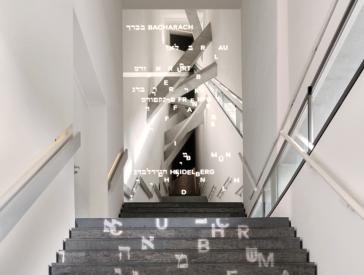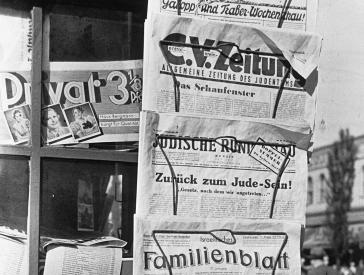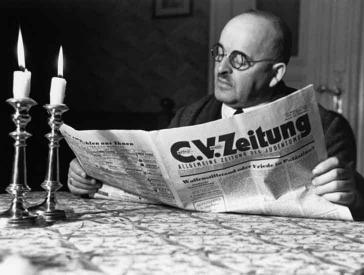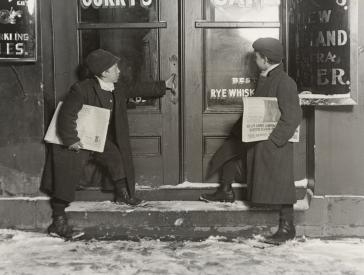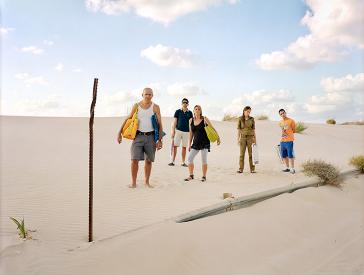Information on the Photo exhibition “This Place” in the Jewish Museum Berlin
Dates: June 7, 2019–January 5, 2020 – Press Release
Press Release, Thu 6 Jun 2019
On Thursday, June 6, the exhibition This Place opens at the Jewish Museum Berlin, with more than 200 artworks by twelve internationally acclaimed photographers. The photographs explore the complexity of Israel and the West Bank through themes such as identity, family, homeland, conflict, and the environment.
French photographer and initiator of the project Frédéric Brenner is joined by Wendy Ewald, Martin Kollar, Josef Koudelka, Jungjin Lee, Gilles Peress, Fazal Sheikh, Stephen Shore, Rosalind Fox Solomon, Thomas Struth, Jeff Wall, and Nick Waplington.
For this monumental international art project, the photographers traveled to Israel and the West Bank several times between 2009 and 2012. Their work offers new ways of looking at this essential place, ways that go beyond the often polarizing images familiar from journalistic reporting on the region. This exhibition will be open for viewing for the first time in Germany after having been shown amongst others in Prague’s DOX Center for Contemporary Art, the Tel Aviv Museum of Art in Israel, and the Brooklyn Museum of Art.
- Kontakt und Akkreditierung
-
Press office
T +49 (0)30 259 93 419
presse@jmberlin.de
- Address
Jewish Museum Berlin Foundation
Lindenstraße 9–14
10969 Berlin
“Only through the language of artists,” says Frederic Brenner, “can we hope to create an encounter that truly reflects the complexity of this place. And I knew I would need collaborators, artists who are driven by questions and whose work could illuminate the rifts and paradoxes of this essential place.”
A View from the Outside
Neither Israeli nor Palestinian photographers participated in the project and many of the participants had never been to Israel before. As outsiders not entrenched in the daily conflicts and dialectics of Israeli and Palestinian life, the twelve photographers brought fresh perspectives, informed by their diverse cultural backgrounds and artistic practices. But unlike most photojournalists, they were given the time to immerse themselves in the place over a period of years, and their work reflects this deep engagement with the land, the cultures, and the people.
The photographers were encouraged to develop their own highly individualized projects, providing a deeply humane and nuanced examination that reminds us of the role of art in raising questions and engaging viewers in conversation. The result is a heterogeneous and multifaceted visual portrait of Israel and West Bank.
This Place was organized by the Chronicle of a People Foundation, Inc., New York.
Information on the Exhibition
| Exhibition dates | 7 June 2019 to 5 January 2020 |
|---|---|
| Location | Old Building, level 1 |
| Entry fee | Included in admission (8 €, reduced rate 3 €) |
| Opening hours | 10 am–8 pm daily |
For further information on the exhibition, go to the exhibition website.
Follow us on Twitter: www.twitter.com/jmberlin
Hashtag: #ThisPlacePhoto #ThisPlaceJMB
Accompanying Publication
This Place, ed. Matt Brogan, texts by Matt Brogan, Charlotte Cotton, Miki Kratsman, Jeff Rosenheim, Rachel Seligman, graphic design by Julia Wagner, grafikanstalt (2019, English, 280 pp., 279 ills., hardcover; size: 32x30 cm; price: € 48) published by Hatje Cantz Verlag.
Twelve Photographic Positions
Already in his first photo project in 1987, This Place initiator Frédéric Brenner portrayed the Jewish orthodox quarter Mea Shearim in Jerusalem. And for more than 25 years he has traveled to more than forty countries depicting Jewish life in the Diaspora. In this project Brenner examines Israel as a place of radical otherness, where a sense of longing, belonging, and exclusion are part of the people’s daily lives.
The American photographer and educator Wendy Ewald chose a different kind of narrative and initiated participative photography projects in Israel and the West Bank, with 14 groups from a variety of communities. She encouraged people she encountered to take pictures themselves. By letting her camera leave her own hands she was able to portray a new narrative perspective from the most varied angles.
Slovak photographer and cinematographer Martin Kollar examined the question of how Israel’s future could look. He obtained access to locked sites such as military bases and scientific facilities. His pictures often seem like sites on a movie set. They play with reality and fiction and vague premonitions of threatening disasters.
French-Czech photographer Josef Koudelka focused his epic photographic work on the separation barrier. His panorama images depict an archaic landscape, the influence of the wall on the topography, and the painful reality of this dividing line.
Jungjin Lee, a Korean photographer and artist from New York, conducted her project in the desert and the landscape along the West Bank. Her pictures are about the spirituality of the places, the solitude of human existence, and traces of life in nature. Lee’s poetic approach, which is reinforced through the prints on Korean hanji (mulberry paper), gives the viewer a lot of room for interpretation.
The photographs of French photographer Gilles Peress document everyday scenes in East Jerusalem and the Palestinian village of Silvan. Peress is interested first and foremost in the psychological side of the conflict and the everyday realities of the residents that are informed by it.
American photographer Fazal Sheikh shows a grid of 48 aerial photographs that were taken above the Negev desert. In his pictures he traces the changes through forestation, militarization, and the disappearance of Bedouin villages over decades.
The New Yorker Stephen Shore described the heterogeneity of the country, its history, and its people as “impossible to understand.” He photographed street scenes, landscapes, and holy sanctuaries, including the Greek Orthodox monastery Mar Saba in the Judaean Desert. The exhibition shows fourteen color photographs that were taken with his 8x10 inch camera.
Through her portraits, American artist Rosalind Fox Solomon sought a personal exploration of the ethnic diversity in Israel that she encountered in her travels through the country.
The German photographer Thomas Struth approached Israel in his large-scale color photographs taken in Tel Aviv, the Golan Heights, Ramallah, and Nazareth. In search of universal themes he found a range of subjects he has become known for, including technology and family, landscapes and architecture.
Canadian photo artist Jeff Wall is represented with one single emblematic photograph, in which he examines the living and working conditions of the Bedouins.
British artist and photographer Nick Waplington worked closely with families in the settlements and depicts only portraits of Jewish individuals and families who settled on the West Bank.

